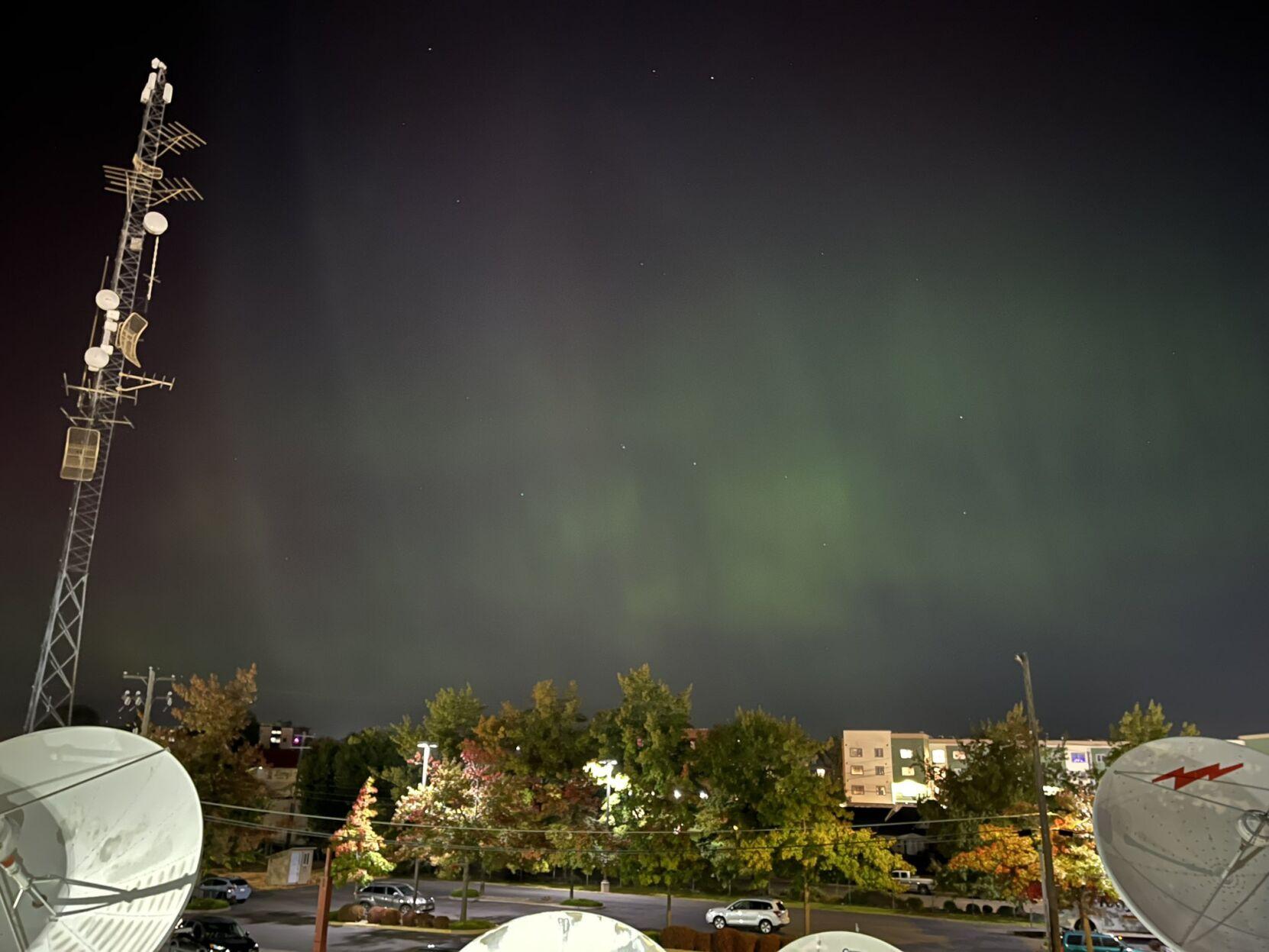SPOKANE, Wash.– Just a few days after the aurora was visible to the naked eye in downtown Spokane, another display could come Thursday and Friday nights.
The large geomagnetic storm in early May produced an unforgettable aurora show across the Inland Northwest, but it is just one of dozens of solar storms that were directed at earth in 2024.
Eruptions of material off of the surface of the sun, called Coronal Mass Ejections (CMEs), come from sunspots, dark areas of intense magnetic activity. The number of sunspots has been tracked by humans since the 1755. This is the 25th solar cycle since 1755 which began in December 2019. Solar Cycle 25 will peak sometime in 2025 and end sometime in 2030.
Solar Cycle 25 is significantly more active than Solar Cycle 24 was from 2008 to 2019. Cycle 24 was the least active cycle in several decades. In other words, this is the most active the sun has been in sending aurora-causing events towards earth since the early 2000s according to the NOAA Space Weather Prediction Center.
Skies will be dark enough in the Spokane area starting around 7:30 p.m. that the aurora should become visible. Plan to wait a little while to catch the best and brightest lights. The aurora will brighten and dim with “substorms” every 30 to 90 minutes. Some of these substorms could make the aurora barely visible to the naked eye in urban areas, but your best bet is to get out into the country and away from light pollution.
Look for aurora updates on 4 News Now social media and the KXLY Weather App. You can also use the app to share your northern lights pictures with us.
COPYRIGHT 2024 BY KXLY. ALL RIGHTS RESERVED. THIS MATERIAL MAY NOT BE PUBLISHED, BROADCAST, REWRITTEN OR REDISTRIBUTED.

